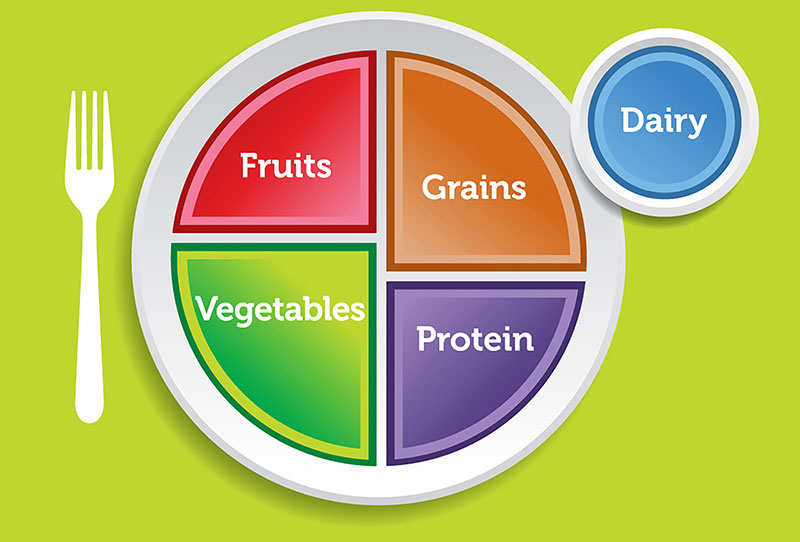Written By Kimberley Cuachon Haugh —
Healthier and Balanced Meals for Students and Schools; Challenges Persist
[dropcap]The School Health Initiative Program (SHIP) posted on my catering Facebook page that they are seeking a chef to work with James City County and Williamsburg Schools “to bring healthy foods and new recipes to school lunch.” A bit envious, this is a far cry from the mystery soup that was served up by the Home Economics class I knew to avoid. [/dropcap]I responded to the post and learned that this was SHIP’s initiative on First Lady Michelle Obama’s campaign designed to highlight the importance of healthy eating and regular exercise among children. “The Let’s Move campaign, with Mrs. Obama as the spokesperson, has provided excellent resources for everything from school gardens to partnering with guest chefs to developing healthy recipes for schools to use,” says Pam Dannon, dietitian for Williamsburg-James City County Public Schools. “This year, we will continue our effort with an initiative to improve the overall appeal of meals, looking at preparation, production, and presentation.”
A Meal Plan For Changing Times
Why all this effort? How did we get here? Remember how Mom and Dad used to tell you stories about the miles they used to walk to get to school? When you compare that to today, these on-foot journeys have been replaced with bus and car rides. The average kid is not getting enough physical exercise as he or she sponges almost five hours of TV and movies, and three hours of Internet and games after school, says a new study by the Kaiser Family Foundation. And because of our busy schedules healthy home-cooked meals can be a rarity.
As you must know, eating healthy often costs more. Whole grain products can cost up to twice as much. “Similarly, using local produce and more fresh produce increases labor costs,” explains Dannon. “To cover these costs, meal prices have increased in recent years.” But school breakfasts in WJCC public schools remain under $2 and at the most $3.20 for a high school lunch (based on 2012-2013 school year menu). Depending on household income, some children may qualify for reduced meal pricing.
The WJCC public schools website also has a number of resources available that families can read together. As with many schools complying with the new mandated guidelines, WJCC offers a weekly family cooking class, as well as a cooking club students can participate in.
New Challenges
In the 2012-2013 school year, WJCC identified 425 students as having experienced homelessness at some point during the school year. That’s 4 percent of the area’s population. Of those, 52 percent were doubled up with others, 38 percent lived in a hotel or motel, and 10 percent lived in shelters or transitional housing programs. All of these students were eligible for free breakfast and lunch at their school.
Title 1 schools, such as James River, Rawls Byrd and Norge Elementary schools participate in the Food4Kids Backpack Program, where students receive a backpack full of healthy food and snacks to carry home. The two schools that are not Title 1 schools, Berkeley and Toano Middle schools, have also implemented a weekend food program with the assistance of local churches and community churches. The Erase the Need Center, tucked behind Sentara Williamsburg Regional Medical Center, offers bread distributions once per week and a USDA food distribution once per month.
“Studies have shown that food-deprived children are more likely to become sick, have a decreased attention span and lack enthusiasm to learn because they are concentrating on hunger more than learning,” says Stephanie Leek, social worker and Homeless Education Liaison for WJCC Schools.

